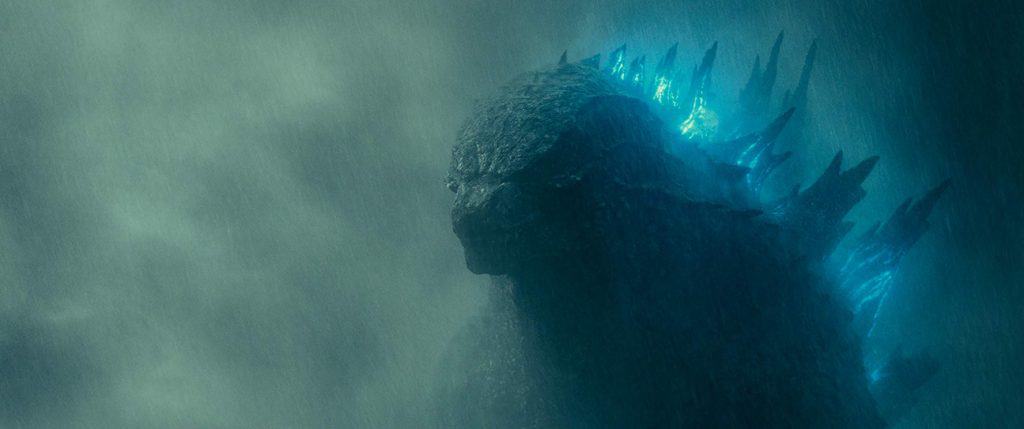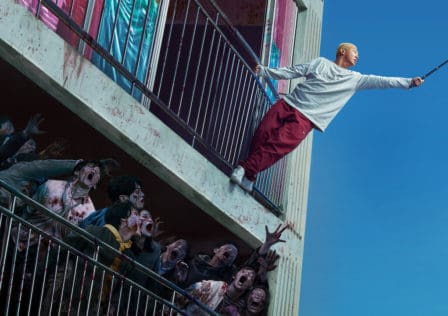Godzilla: King of the Monsters scratches an itch. It’s a very specific itch, the type involving towering monsters beating the prehistory out of each other, with helpless humans screaming (and cheering) in between. Like most people who grew up with unhealthy diets of Ultraman on after-school TV, I have that itch.
And whoa, KoTM scratches that itch with aplomb. Not in the way of using those cheap bamboo backscratchers that somehow permeate every Southeast Asian souvenir shop, but with a butler equipped with manicured fingernails and serai-scented massage oil. It’s almost exquisite; a sort of artistry in high form.
Hollywood budget and visual effect wizardry can create any monster fight with relative ease and efficacy. But what director Michael Dougherty (of Krampus fame) has done is elevate it beyond mere kaiju fisticuffs. The monster fights in KoTM are wondrous to behold – a whirlwind of cinematic flair, visual effects mastery and punchy sound design that not only immerses you in the action, but draws your breath with its beauty.
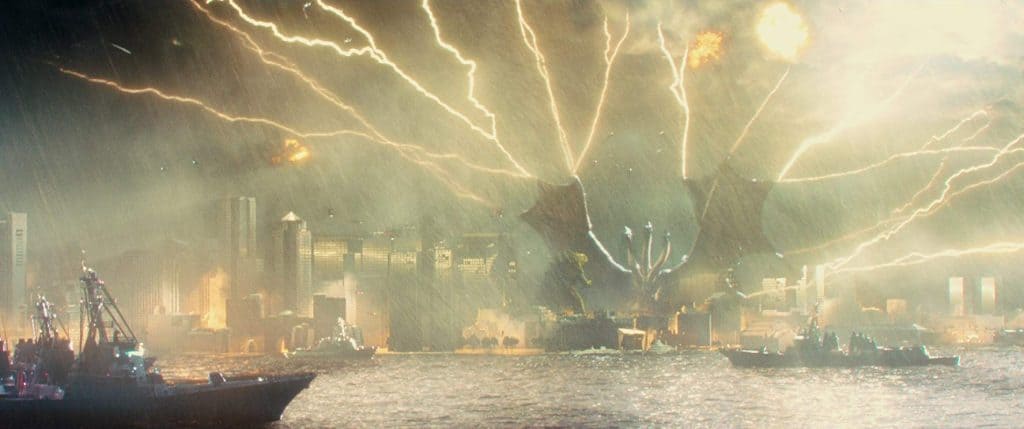
Awesome incoming
The newest Godzilla ticks two boxes that kaiju movies need to have: a sense of awe, and a sense of foreboding. Some shots, like when the three-headed dragon, Ghidorah, appears silhouetted behind swirling thunderclouds; or when Mothra gracefully unfurls her wings against a waterfall, are tinged with both magnificence and terror. The movie understands that kaiju movies are inherently cosmic horror films; the immensity of these monsters need to be terrifying, yet – like anything big and vast and beyond comprehension – there’s admiration to be found.
KoTM ticks another important box: fun. It’s only to be expected in a movie starring the Toho monsters of legend – Godzilla, Ghidorah, Mothra and Rodan – and the movie certainly revels in it. Unlike Gareth Edward’s 2014 Godzilla, which holds the Kaiju King back with in favour of dread scale, this movie lets the monsters loose almost immediately. After a bit of build-up, the skyscraper-sized gloves are off. Fiery breaths and cathartic destruction ensues.
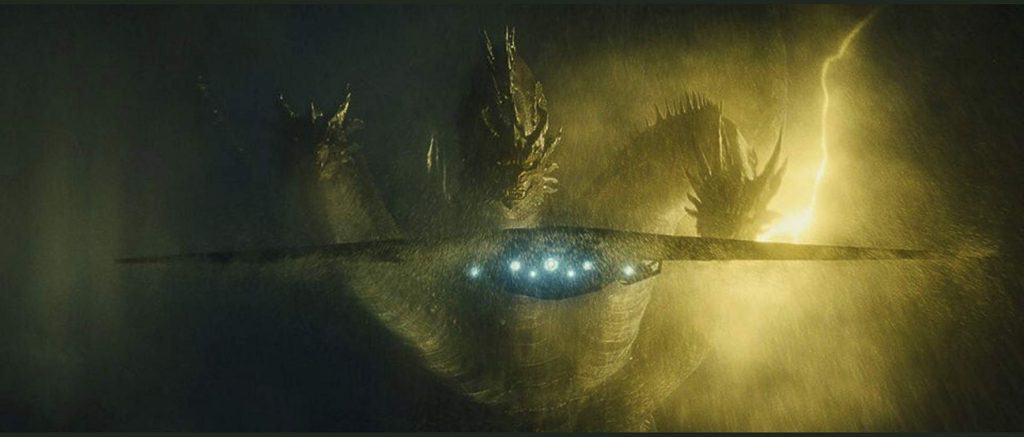
Please keep your seats, trays and composure in the upright position
I daresay that KoTM is the cinematic event of the year, after Avengers: Endgame. For those who grew up with the Toho kaiju films, this is likely the film they have been waiting for.
It’s just not the one for me.
****
What happens after an itch is scratched?
It’s the most challenging part for any film like Godzilla: King of the Monsters. People are there for the grand-scale battle royale, and they’ll get it. But what else can you offer?
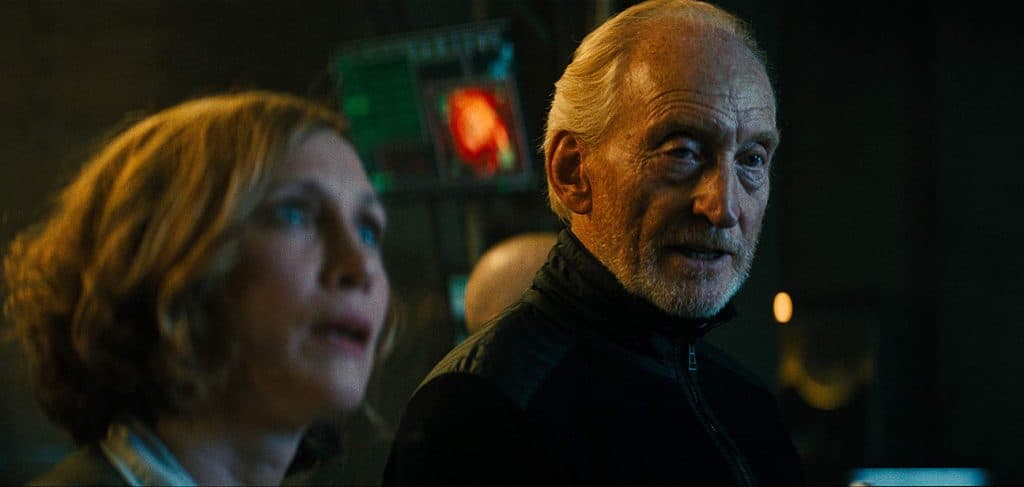
Charles Dance saying “Long live the King” counts, I guess
Let’s talk about the plot. The story follows the events of the 2014 movie, with the world deciding their next step in dealing with Godzilla. Dr Serizawa (Ken Watanabe) and the top-secret organisation he works with, Monarch, believes that harmony can be found with coexisting with Godzilla. The world leaders aren’t quite as enthusiastic, understandably.
The centre of the story, however, is a family. Mark and Emma Russell (Kyle Chandler and Vera Farmiga) are Monarch scientists who separated after the death of their son Andrew during the events of the first film. Emma, with their daughter Madison (Stranger Things’ Millie Bobby Brown) are eventually kidnapped by Alan Jonah (Charles Dance, aka Tywin Lannister), an eco-terrorist who wants to use Emma’s creation – a machine that can communicate with the kaijus – in order to awaken Ghidorah, believing that the ensuing death and destruction is like an antibiotic for the world’s ecological ailments.
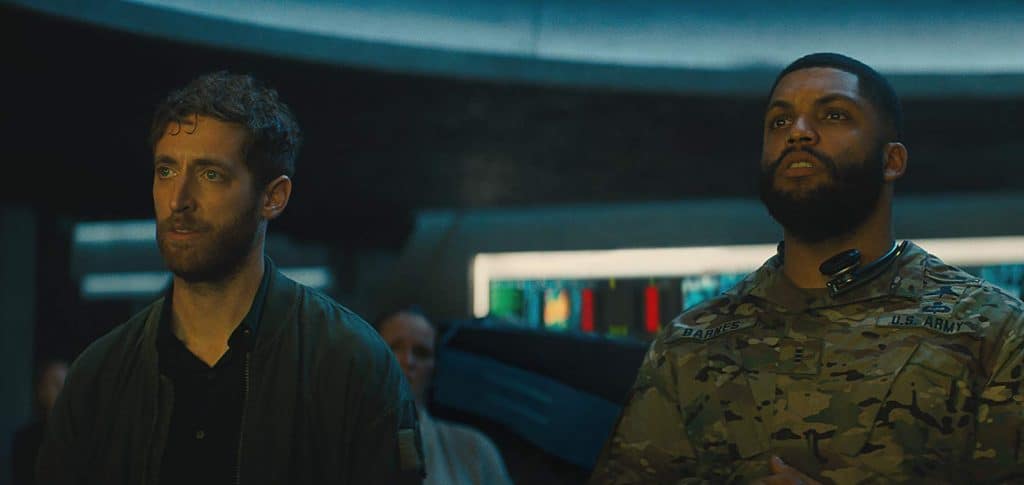
Who are they? Don’t worry about it, because the movie sure doesn’t
All in all, it’s just a reason to have the monsters fight. Like most kaiju flicks, the plot and characters are secondary. It does get rather disheartening, because each actor in the main ensemble – which range from The Shape of Water’s Sally Hawkins to the ever-captivating Zhang Ziyi – can carry any film on their own. Here, they’re mostly exposition spouters and fight commentators.
That is in itself not a problem… unless you want more in your kaiju movie. Thing is, the best Godzilla films are never just about a giant reptile. Before he was the monster in the ring, Godzilla was a metaphorical terror– his original 1954 incarnation makes him a representation of nuclear weapons, in a film that is heavily steeped in nuclear fears.

He’s especially good at expectorating
Yes, subsequent Godzilla films and its kaiju spinoffs have almost always been silly, fun films about rubber suit monsters pounding each other over miniature sets, but there is always room to balance the fun with social commentary. I suppose I’m far too spoiled by 2016’s Shin Godzilla (Godzilla Resurgence in the west), a reboot that that uses our favourite monster to critique how the Japanese government handled the 2011 Fukushima Disaster. It was a movie that is equal parts terrifying, silly and daring, and it’s my favourite Godzilla flick.
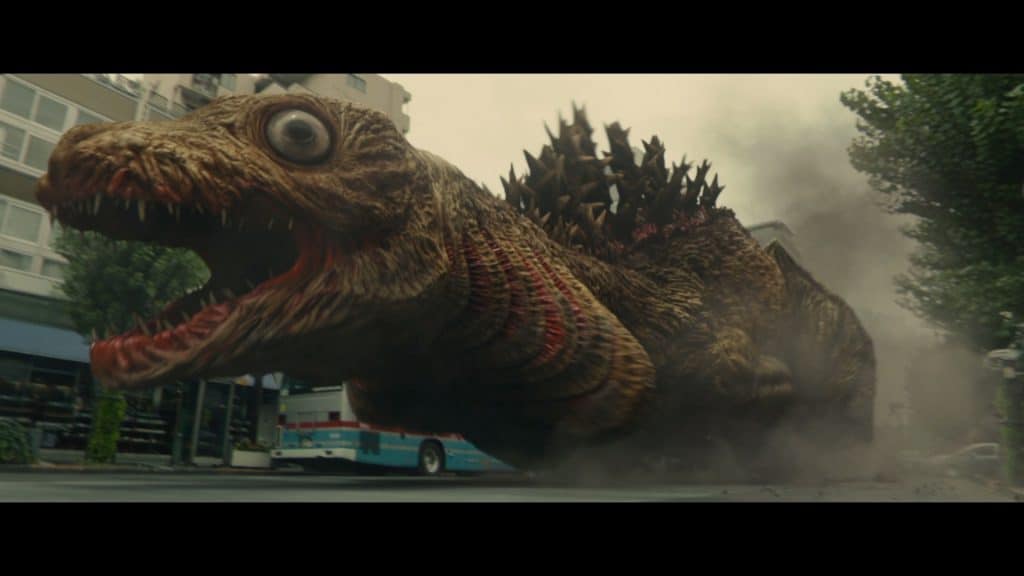
This… um… Shin Godzilla is the best Godzilla movie, I swear.
It’s not to say that there’s nothing to be gleaned from KoTM. The movie wears its ecological message on its monster-sized sleeves. One character calls humanity a “virus” of the Earth, what with our penchant for war and pollution and overpopulation, and suggests that the kaijus are the cure.
Unfortunately, the commentary lacks bite (despite the monstrous jaws on display). It doesn’t dwell on the root of the issues, nor use it to develop meaningful criticism. It merely serves as a plot device, a simple something to motivate the characters.

“I fear I will be misused.”
Centering the movie around the Russells was initially a fascinating step. Like a Spielberg movie, the humongous predator here manifest as a sort-of representation of the family’s grief, and how they deal with the loss of a close one. Mark resents Godzilla, blaming him for Andrew’s death. Emma believes that the kaiju can be controlled for good, but her well-meaning intentions have dire consequences. Both have to make peace with their grief and the actual monsters stomping around. It could’ve gone the way of introspective monster films like The Babadook, but amidst the need to pile on the kaiju-on-kaiju fights, this aspect of the film gets little time to form. The result is something undercooked.
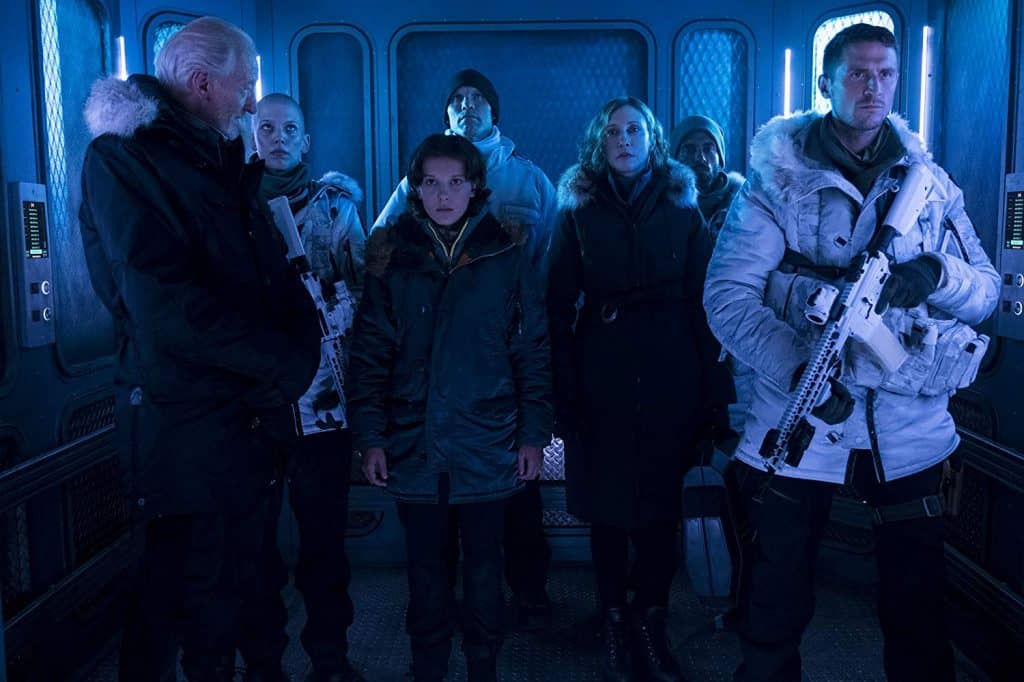
A visual representation of the movie’s family themes kept in check
Maybe all of these are irrelevant. You don’t need Godzilla to spew social commentary while he breathes atomic fire into his opponents (in IMAX, preferably). It’s just disappointing to find so little in a movie about big things, especially when it’s in its DNA.
Also published on Medium.

makes it a life goal to annoy everyone with random Disney trivia. When he’s not staring at a screen or holding a controller of some sort, he is thinking about curry noodles. Like right now.
